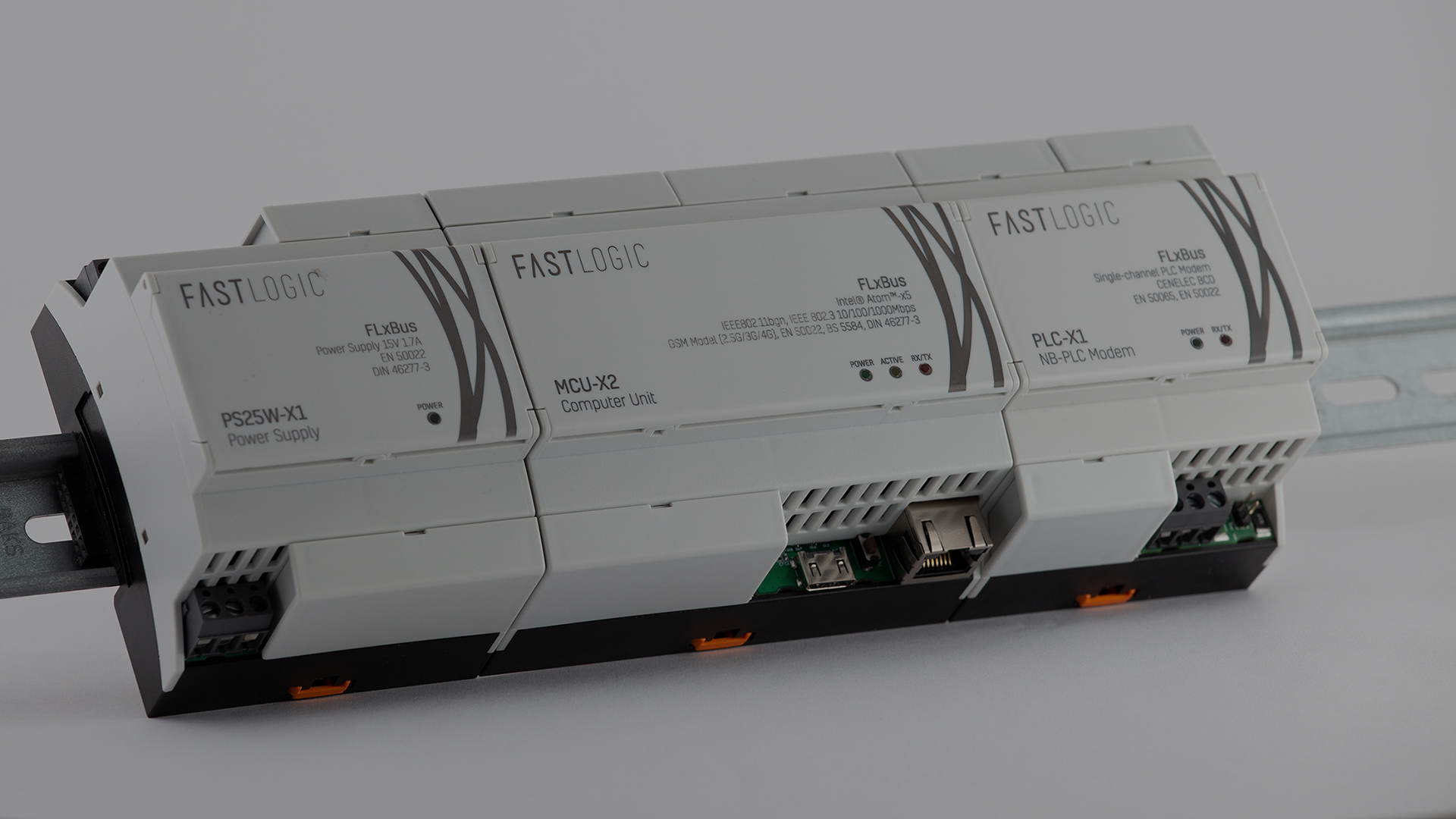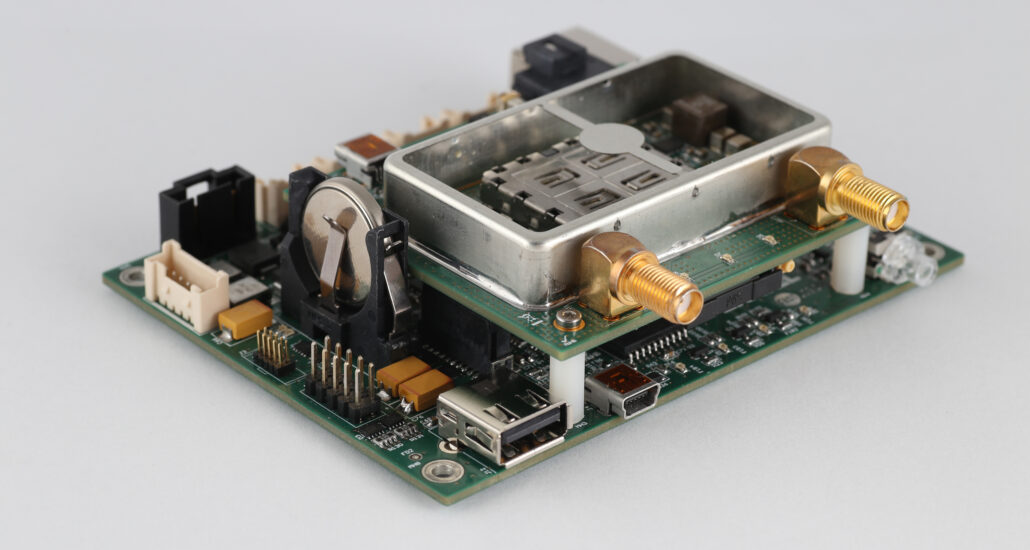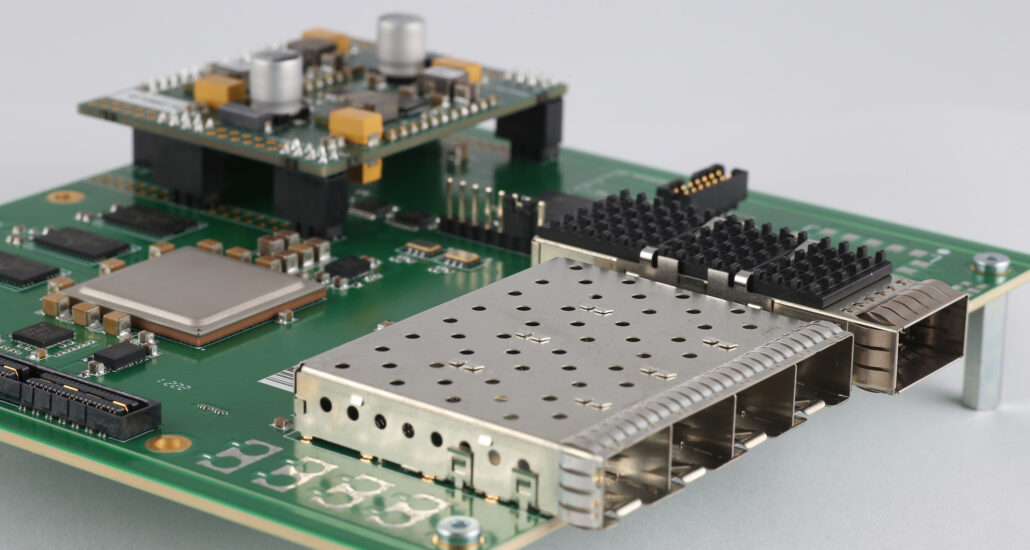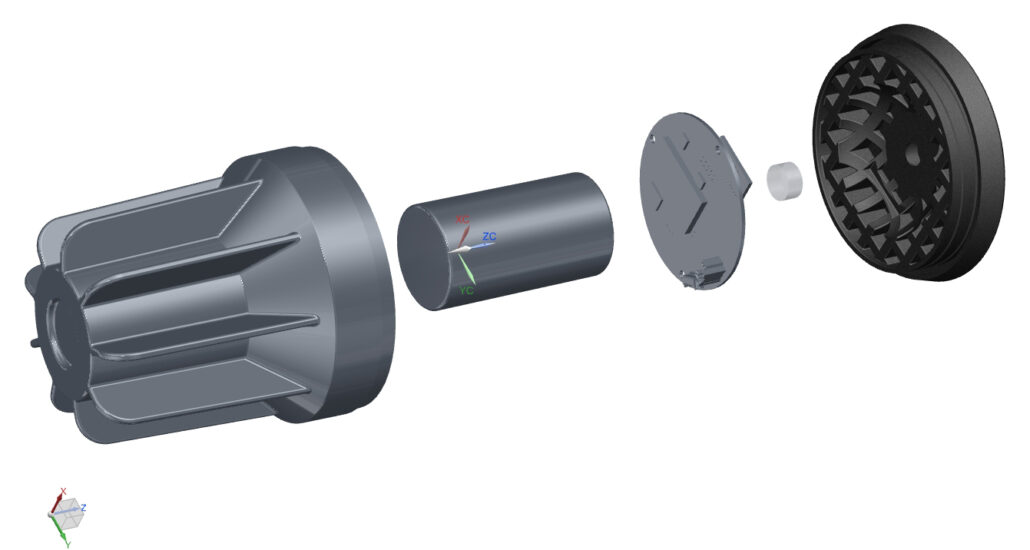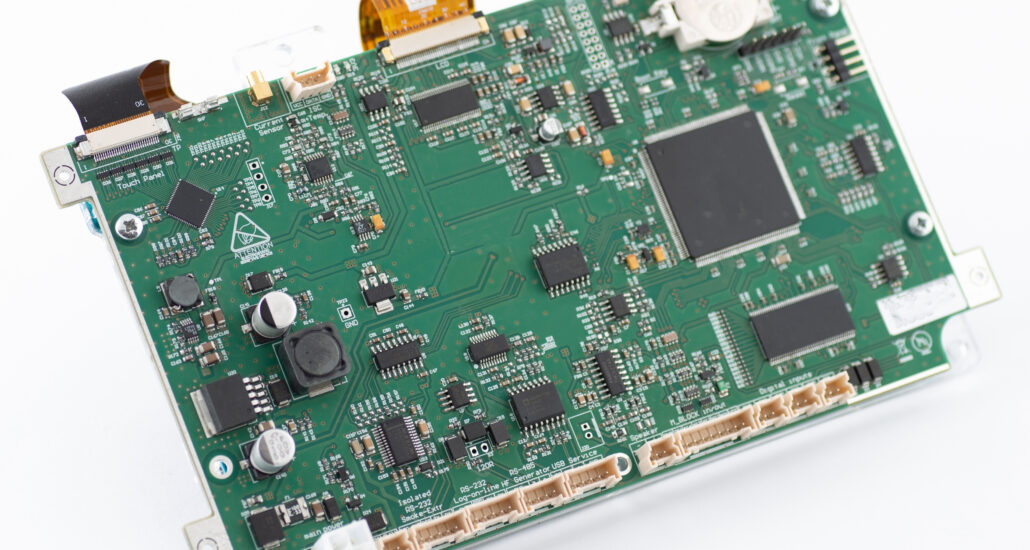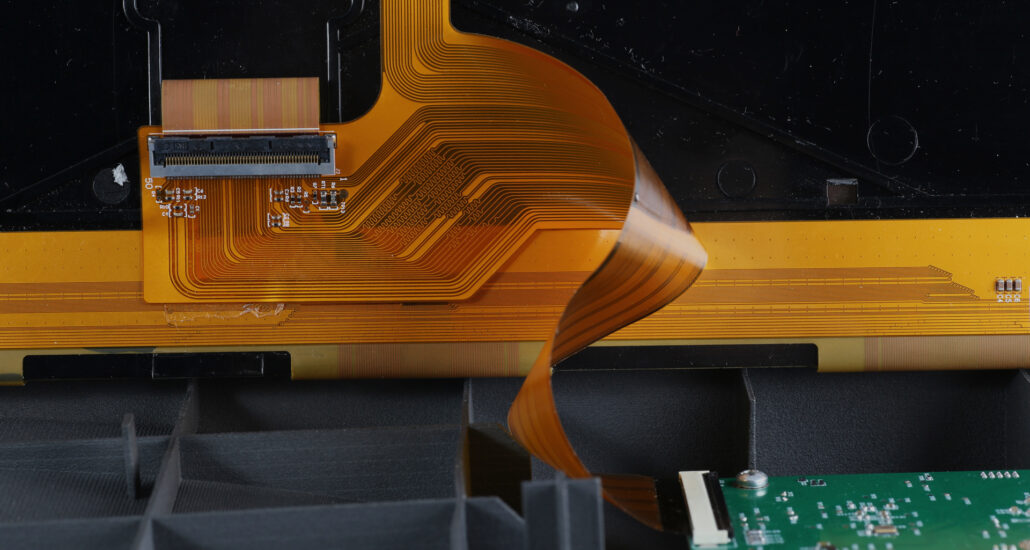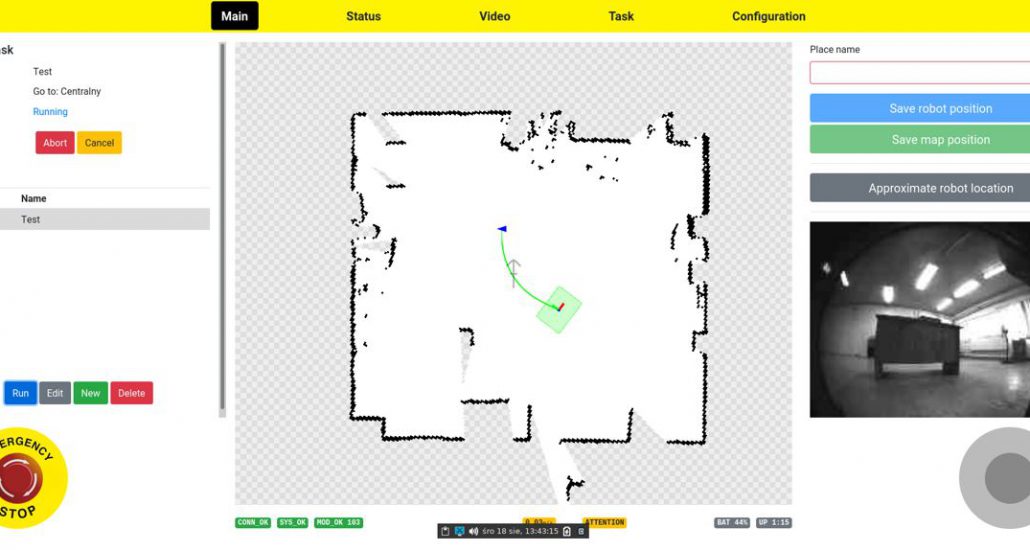Challenge
The PLC (Power Line Communication) system is an internal FastLogic project, financed by the National Centre for Research and Development. The aim of the PLC project was to design a complete telecommunications system using the existing 230V power grid, as a transmission medium. The use of the supply network as a transmission medium requires compliance with standards such as EN 55016, EN 50065, CENELEC HD 625 or EN 50581. The results of the project are characterised by a very wide range of applications from home automation, through industrial automation as well as the technology of smart cities and networks. The design of the PLC system has provided many challenges in the fields of hardware, software and in telecommunications q.v. modulators, coding systems, communication stack, etc. During the development work, methods and devices for testing and the diagnostics of the parameters of the supply network were developed. The design of the PLC modem required the development of a dedicated analogue modulator and quadrature demodulator, which necessitated extensive electrical simulation, prior to the production of the first prototype. In order to minimise the impact of variability on network parameters, a circuit was designed allowing the device to be actively adjusted to the impedance of the communication channel. Embedded software includes a proprietary, dedicated communications protocol and the implementation of several variants of modulation and coding techniques.
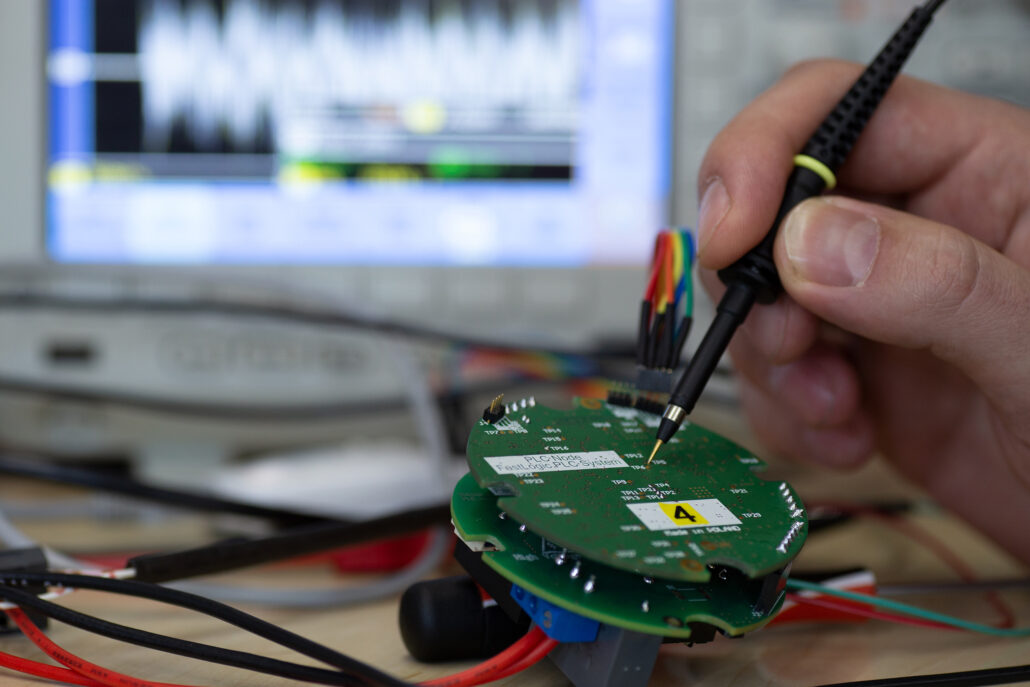
“This project was the first major PLC communication system project implemented at FastLogic, i.e., a project comprising an extended research section on the PLC. The transmission medium (AC power supply network) is a very demanding environment with a variable nature. It was necessary to carry out specialised tests on the impedance and disturbances, present in the supply network; this, at a later stage, would allow a device to be consciously designed which would be best suited and able to adapt to the conditions in which it would be required to work.”
Jędrzej, Hardware Engineer
The project started with a very detailed analysis of the state of the knowledge and the technologies currently available, in the field of communication on the power line. The team proceeded to the design phase with excellent market knowledge and innovations which allowed the best solution to be proposed, thus placing the device in a class of its own. The result of this design approach was a fully functioning communications system, which, in co-operation with the Road and Transport Authority, was launched at a test installation of city lighting in Łódź.
Results & Benefits
The PLC system designed by FastLogic provides a complete solution to the commencement of communication in the already existing 230V/400V (3x230V) power network infrastructure. As a result, there is no need to build new infrastructure or use an overcrowded radio band. Key features of the PLC system developed:
- Narrowband communication up to 28800 b/s in a medium not accessible from the outside, thus affording the possibility of hiding communication;
- Use of unlicensed CENELEC B, C and D communication bands (95-148.5 kHz);
- Use of mesh-type inter-node communication techniques;
- Connectivity adapted to the existing 230V/400V(3x230V) grid infrastructure;
- FL-PLCWisard software for system configuration;
- A wide range of applications: home automation, industrial automation, IoT, urban infrastructure (smart-city);


Key Solutions
The end result of the project are devices that enable narrowband communication in the 230V and 400V (3x230V) power networks, as well as diagnostics of the communication medium. Key achievements:
- Node module for PLC communication with PSU for the sensor part, up to 2W
Hub module that enables communication with network nodes (16-bit addressing) - Tools (physical diagnostic systems and software) for the analysis of network parameters: impedance, attenuation, noise, delays;
- Proprietary analogue quadrature modulator operating in the 95-148. 5 kHz band (CENELEC B, C and D bands)
- Active circuit for matching AC coupling impedance to the network impedance
- System management is based on a proprietary, dedicated industrial computer, based on the Intel Atom x86 architecture.
- A high scale of integration has been achieved – over 450 components located on a round plate with an area of 32 cm2; component packing at the level of 14 components per square centimetre. The communication part is based on generally available micro-controllers with an ARM core.
- A proprietary communication stack, using adaptive modulation and coding selection was developed and implemented.
Volume and coverage
The R&D, Project A, Pilot Project, is underway.

